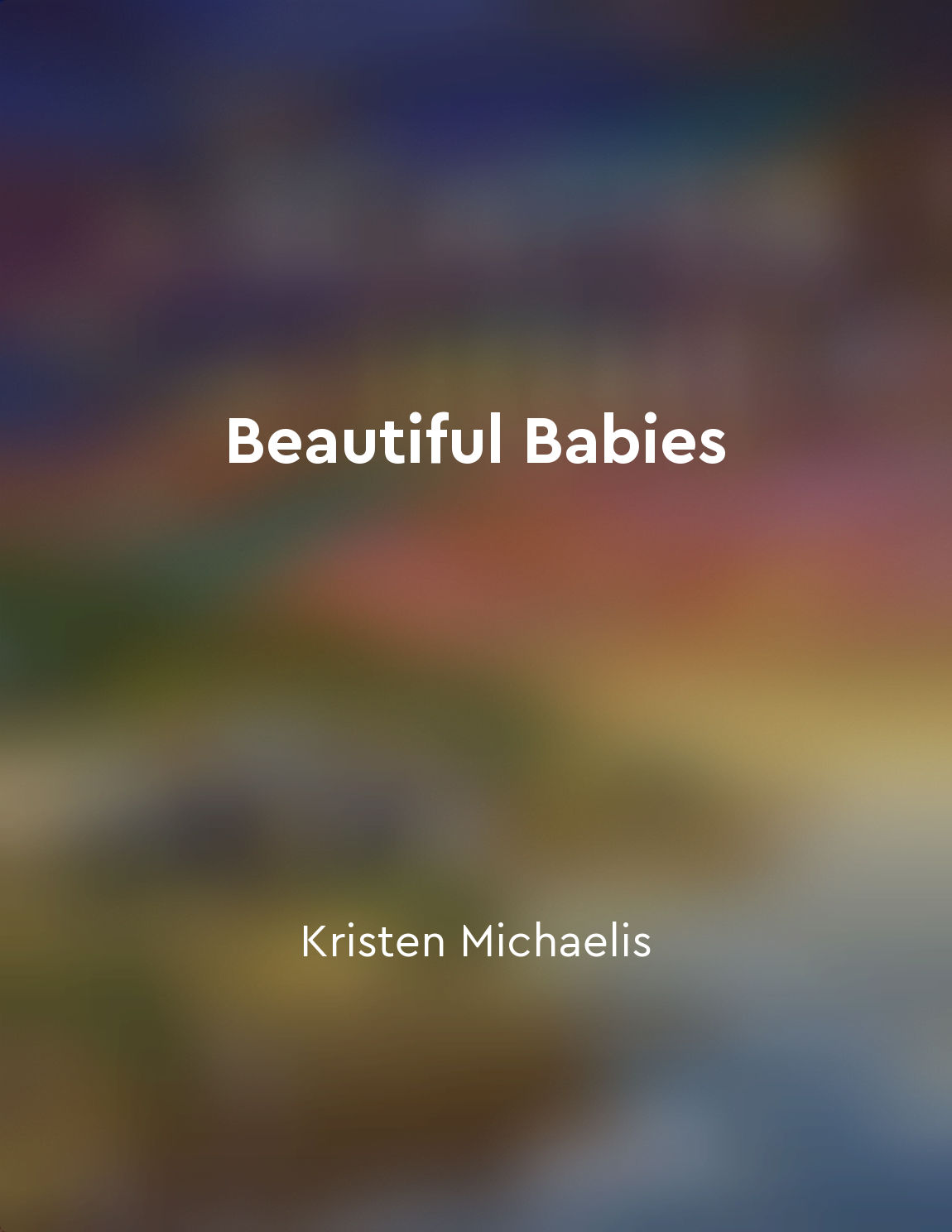Audio available in app
Ideas for sensory play and exploration from "summary" of The Preschooler's Busy Book by Trish Kuffner
Sensory play is all about engaging your preschooler's senses - sight, touch, hearing, taste, and smell - to explore the world around them. These activities can be both fun and educational, helping your child learn about their environment in a hands-on way. One simple idea for sensory play is to set up a "sensory bin" filled with different materials for your child to explore. You can use items like rice, beans, water, sand, or even cooked pasta. Add in some scoops, funnels, cups, and spoons to encourage your child to dig, pour, and scoop. This type of activity can help develop fine motor skills and hand-eye coordination. Another great sensory activity is creating a sensory bottle. Fill a clear plastic bottle with water, oil, glitter, beads, or any other small objects that catch your child's eye. Secure the lid tightly, and let your child shake, roll, and watch as the objects move around inside. This can be a mesmerizing experience for your little one. You can also incorporate sensory play into everyday activities, like bath time. Add some bubbles, bath crayons, or scented soaps to make bath time a sensory experience for your child. Encourage them to splash, pour, and explore the water with their hands and toys. In the kitchen, you can involve your child in sensory exploration by baking together. Let them help measure out ingredients, mix batter, and knead dough. They can feel the different textures of flour, sugar, butter, and more as they work alongside you in the kitchen. The key to sensory play and exploration is to keep it simple and let your child take the lead. Follow their interests and let them explore at their own pace. By engaging their senses in a variety of activities, you can help your preschooler learn and grow in a fun and interactive way.Similar Posts
Help children develop a sense of selfworth
The foundation of a child's self-esteem is formed early in life, based on how they are treated and valued by their parents. Whe...
Children who spend time in nature are more likely to develop a sense of stewardship
In a world where children are increasingly disconnected from the natural world, the concept of developing a sense of stewardshi...
Educational systems must adapt to diverse learning styles
In the realm of education, there is a pressing need to acknowledge and cater to the diverse learning styles that students posse...
Multiple senses enhance learning
When it comes to learning, engaging multiple senses is crucial. This is because different parts of our brain are responsible fo...

Emphasize the power of positive thinking
Focusing on the power of positive thinking means that we choose to look on the bright side of things, even when it’s hard. It’s...
Children learn best when they are actively engaged
John Caldwell Holt believes that children learn most effectively when they are actively engaged in the learning process. This m...

Let go of perfectionism in parenting
Parenting is a journey filled with ups and downs, twists and turns, and unexpected surprises at every corner. It's a rollercoas...
Practice makes progress, not perfection
The idea that practice makes progress, not perfection, is a guiding principle for anyone looking to improve their craft. It's a...
Mindfulness can be integrated into daily routines
One of the key principles that can be gleaned from 'The Mindful Child' is the idea that mindfulness is not something that needs...
